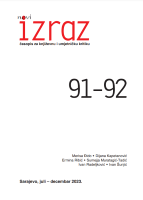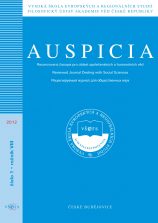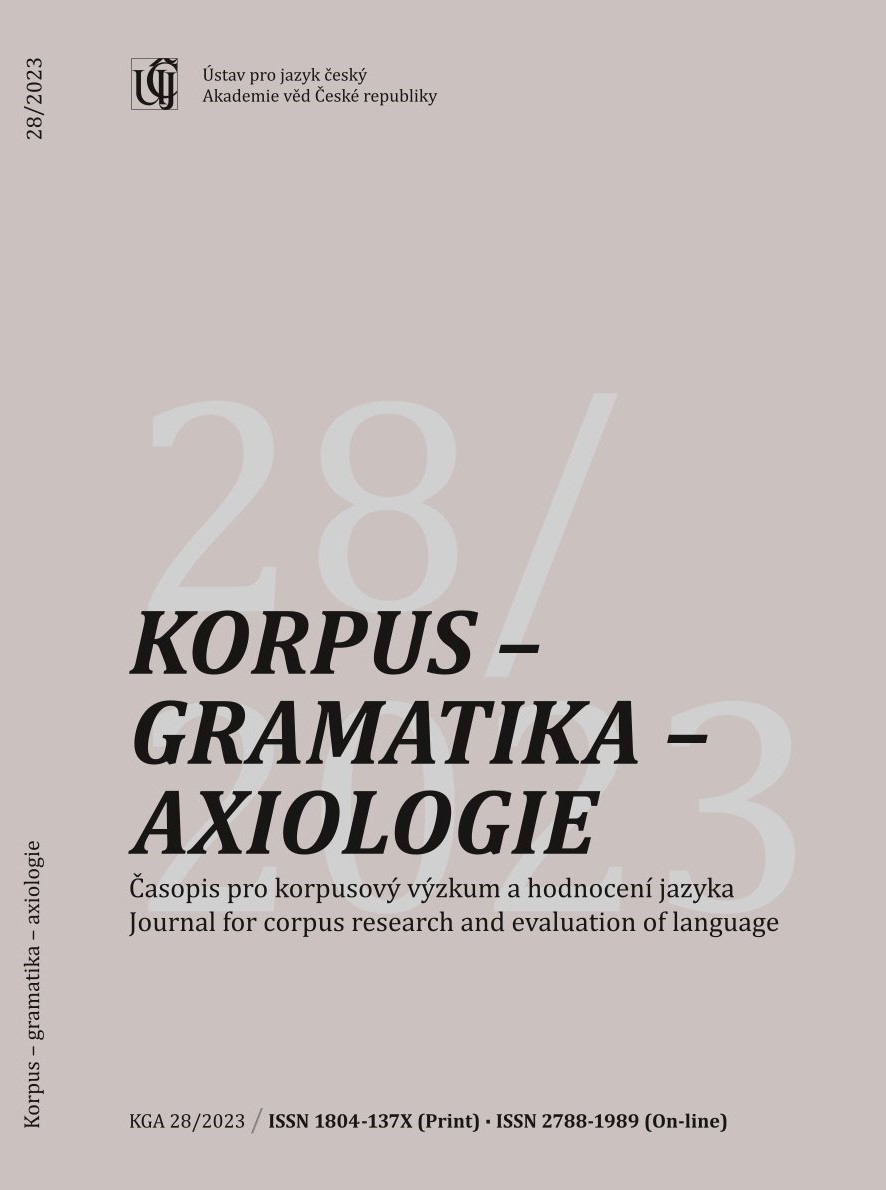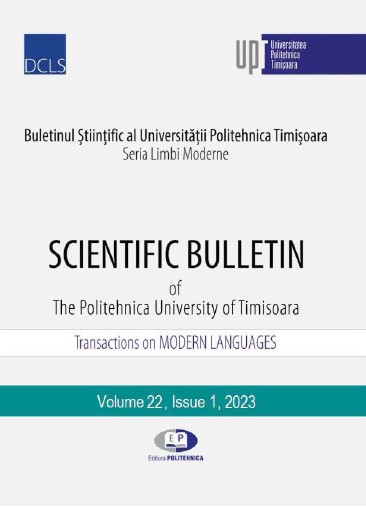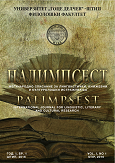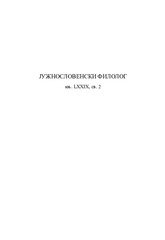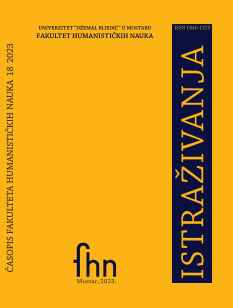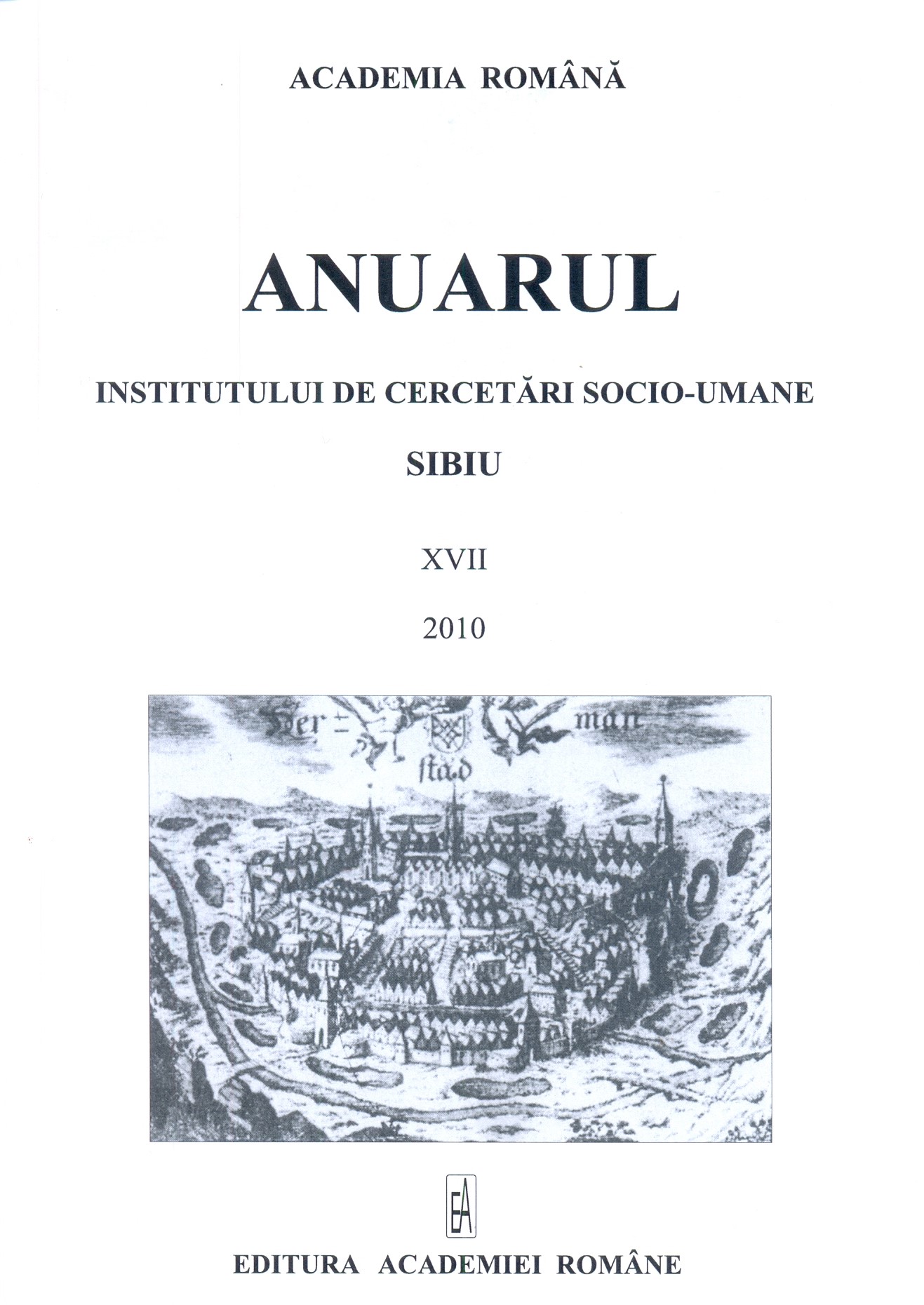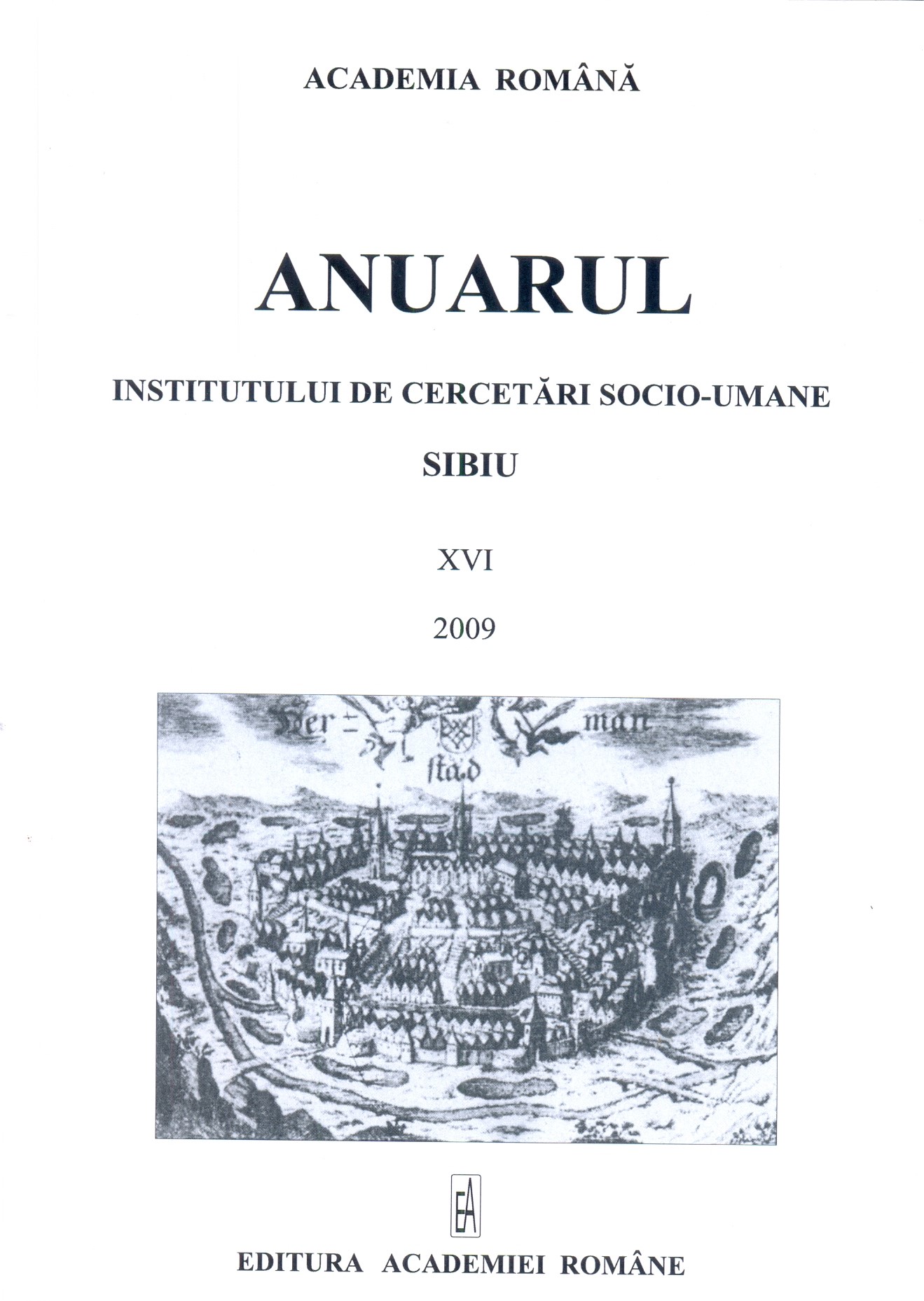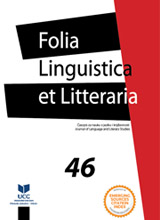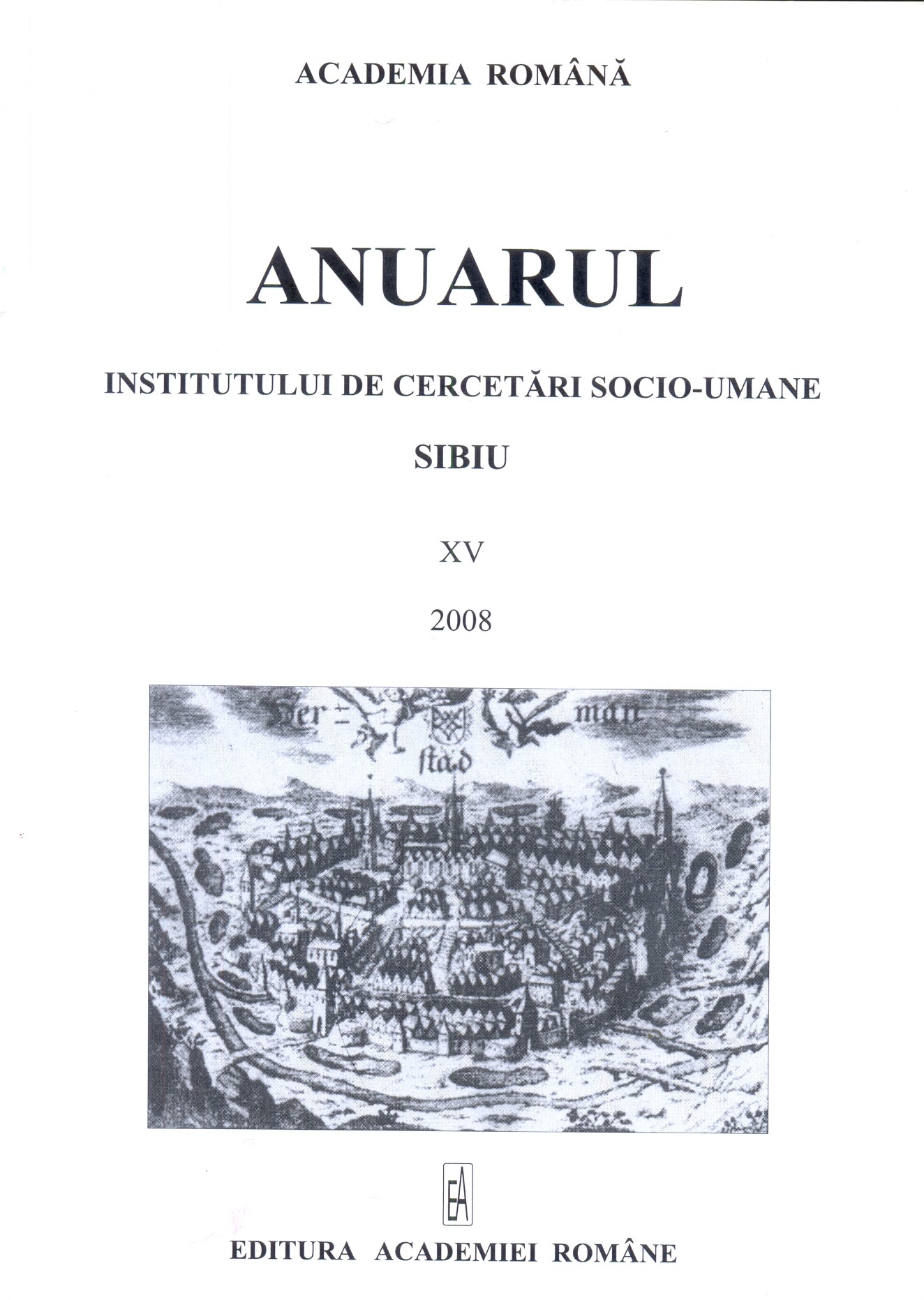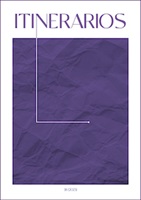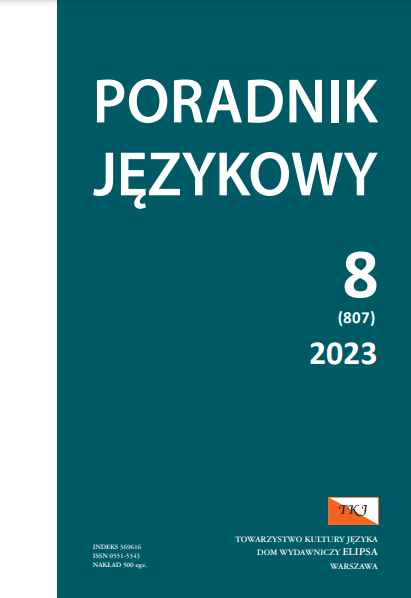
O POZORNEJ SYNONIMII NA PRZYKŁADZIE CZASOWNIKÓW FAŁSZU
This are cle aims to identify the mechanisms determining a seeming synonymy. It is based on the observation of sentence contexts containing falsehood verbs. The first part of this article indicates the semantic differences occurring between four language units: wprowadzić [kogoś] w błąd (to mislead [someone]), oszukać [kogoś] (to deceive [someone]), zwieść [kogoś] (to delude [someone]), and okłamać [kogoś] (to lie [to someone]). It is followed by the discussion of the sentence contexts in the form of the conditional mood with various combinations of seeming synonyms. The conclusion coming from the analysis is that semantic oppositions are neutralised due to specifi c characteritics of the syntactic context and the mechanism of “silent denial” as described by A. Bogusławski (2003, 2021). The necessary condition for neutralisation on to occur is preserving the identity of the themes of the characteristics included in the contents of the verbs. Contextual synonymy will not arise if any of the predicates included in the conditional mood fails to characterise the theme in a given respect.
More...
